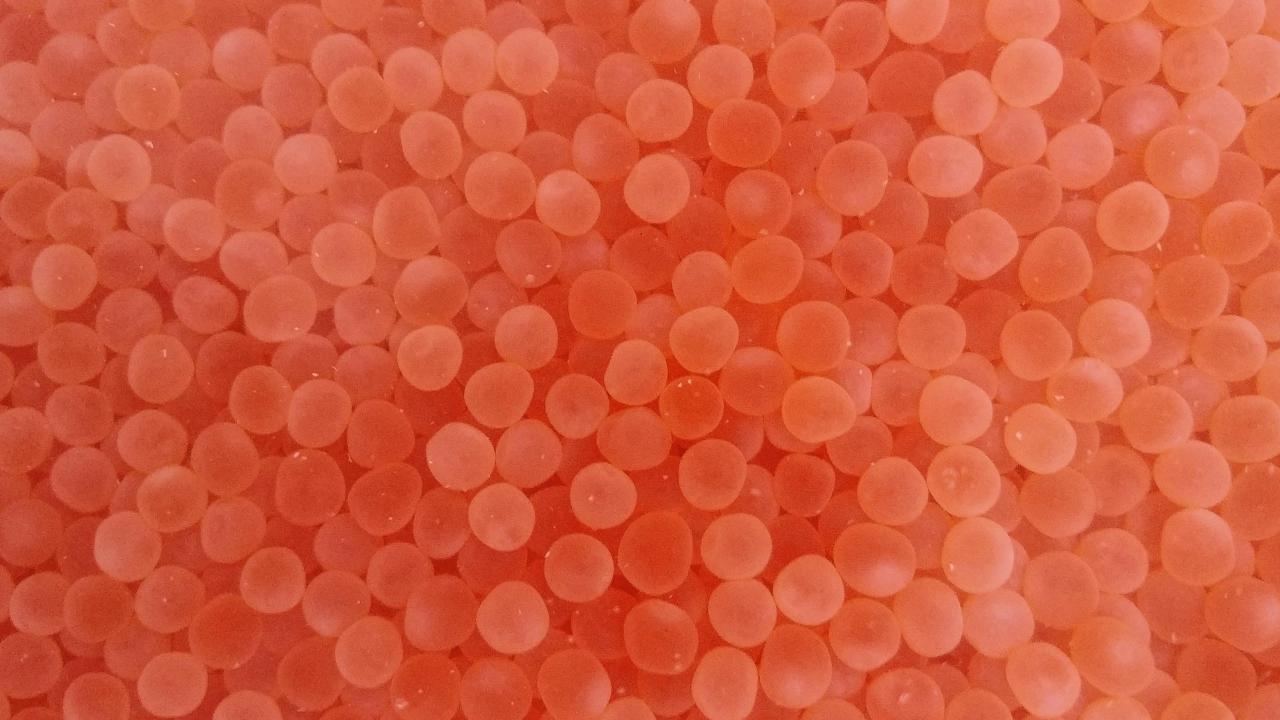
Physiological stress in changing thermal and oxygen regimes
Balancing energy demand with energy supply is a critical component of being physiologically robust to changes in environmental conditions; however, the inability to maintain this energy balance may limit the capacity of fishes to acclimate to multiple co-occurring stressors associated with climate change. If species cannot metabolically reorganize to reestablish homeostasis following exposure to stressors, the energy demand required to cope with shifts in environmental conditions may outpace energy supply. The resulting mismatch in energy budget will lead to a decline in physiological performance and likely organismal fitness.
California’s Central Valley salmonid populations are at the southernmost distribution of their range, with many populations rapidly declining. Another native fish, the northern population of green sturgeon, has a limited range and is sensitive to habitat loss and climate change. A potential REU summer project will focus on changes in energy metabolism and metabolic reorganization in response to elevated temperature and reduced oxygen in developing salmonids or sturgeon. Depending on the specific project, REU students will help rear fish embryos and hatched juveniles in different temperatures and oxygen levels to simulate differences in natural water quality, measure critical aspects of physiological performance, and study the effects of other environmental stressors on whole-organism physiology.
Thus, REU students will be trained in integrative approaches in environmental physiology, centered on key issues of management and conservation of salmonid and sturgeon populations in the face of rapid environmental change.